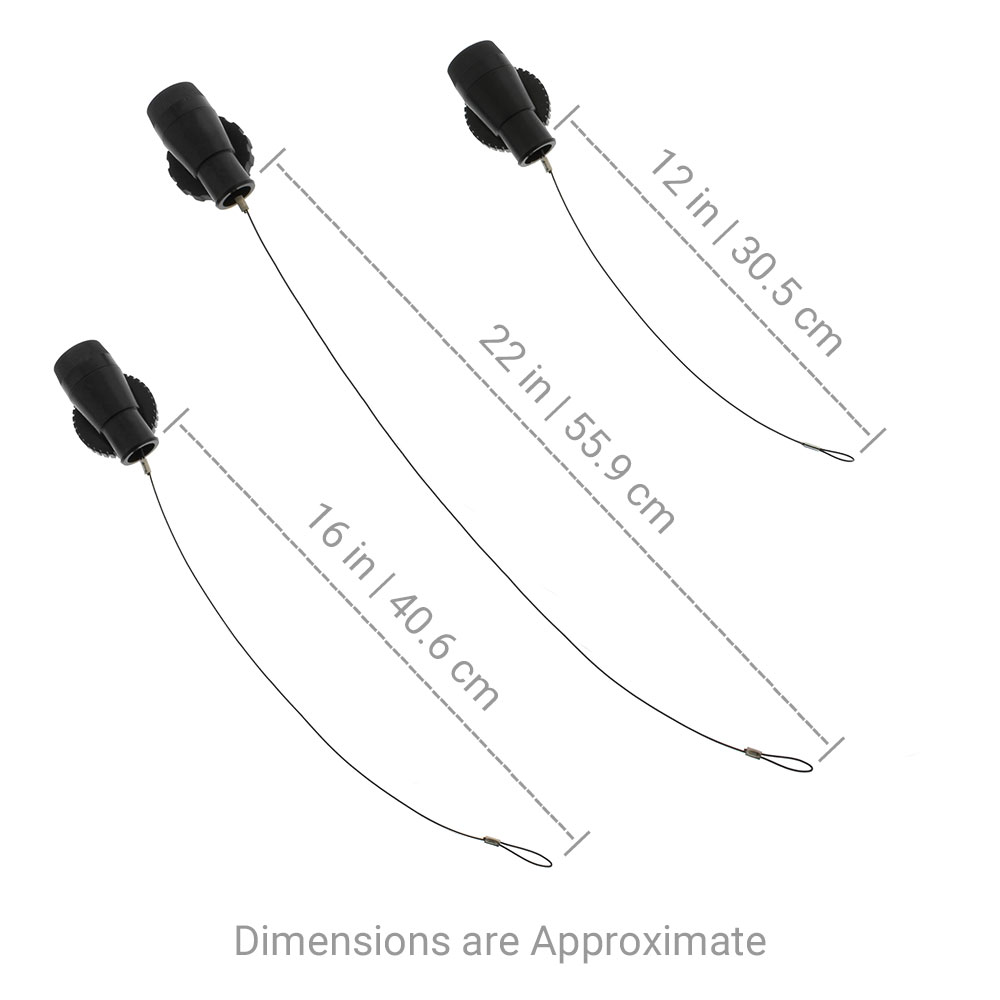What is a long hose keeper? If you're referring to adding a D-ring to the primary light canister, that can occasionally be useful for shifting a large batch of stages around but wouldn't normally be used in regular backmount tech diving.My GUE instructor has a d ring integrated into his long hose keeper (obviously on the right side)
You are using an out of date browser. It may not display this or other websites correctly.
You should upgrade or use an alternative browser.
You should upgrade or use an alternative browser.
Twinset inflator sides
- Thread starter Smache
- Start date
Please register or login
Welcome to ScubaBoard, the world's largest scuba diving community. Registration is not required to read the forums, but we encourage you to join. Joining has its benefits and enables you to participate in the discussions.
Benefits of registering include
- Ability to post and comment on topics and discussions.
- A Free photo gallery to share your dive photos with the world.
- You can make this box go away
What is a long hose keeper? If you're referring to adding a D-ring to the primary light canister, that can occasionally be useful for shifting a large batch of stages around but wouldn't normally be used in regular backmount tech diving.
You above most others should know exactly what I’m talking about as you’re from my area and you’ve most likely personally seen the exact keeper. It’s an extended lead weight for wrapping the long hose when diving without a canister light. Our local instructor has one with an integrated Dring; I know because I made it for him
PfcAJ
Contributor
Who cares? That thing is not needed.
Thanks for clarifying. I've seen the word "keeper" used for a variety of things so I wasn't sure what you meant. You make a good point; it's certainly possible to attach an extra D-ring to whatever is on the right waist strap whether that's a battery canister or lead weight or slotted plastic rod. Regardless of what it's attached to, this extra D-ring is typically only useful in complex project or exploration diving and so not very relevant for most of us. It can only safely be used in situations where you're sure you won't have to donate the long hose, so like you wouldn't want to jump off a boat for an ocean tech dive with gear clipped to that D-ring. (Unless I'm missing something and there's new guidance around it.)You above most others should know exactly what I’m talking about as you’re from my area and you’ve most likely personally seen the exact keeper. It’s an extended lead weight for wrapping the long hose when diving without a canister light. Our local instructor has one with an integrated Dring; I know because I made it for him
Who cares? That thing is not needed.
Certainly not I. I just brought it up because of the statement about “no added value.” I just think it’s interesting given MY DIR instructor has one.
PfcAJ
Contributor
It’s doesn’t. It’s just more stuff for ????Certainly not I. I just brought it up because of the statement about “no added value.” I just think it’s interesting given MY DIR instructor has one.
I would love to read something like that. Most of the decisions that went into the DIR system are easy to explain, but not everything.The DIR leadership has been pretty good at explaining why we do things a certain way. It's less good at explaining that alternative approaches have already been tried and rejected years ago. Then these ideas resurface every few years and around we go again, often playing a game of "telephone" with second- and third-hand information. It would be helpful to document not just the "why" but also the "why not" as the reasons aren't always obvious to those with limited experience, or who only do a single type of diving. Maybe we need something like a DIR wiki? Although it's difficult to get the real experts to devote much time to writing about the basics.
- Messages
- 8,630
- Reaction score
- 7,334
- # of dives
- 2500 - 4999
I hate fighting through stages and going ass up to dump... air.
You can install these anywhere on anything and I guarantee them not to fall off

Tauchen Standard OPV Dump Ventil Über Druck Ventil Ersatz Montage BCD Scuba Tauchen Lift Tasche Zubehör - AliExpress 18
Smarter Shopping, Better Living! Aliexpress.com
and these for only the most discerning diver

Dive Rite Remote Exhaust Elbow
Dive Rite Remote Exhaust Elbow with Nut and Pull Cable in three lengths.
and you can take that to the bank
In your opinion.More drings don’t even help, though. No added value.
Sidemounting the stages it greatly helps. This keeps the stages streamlined, horizontal and prevents them from catching on the rocks or wreck. It also helps to kit up and a whole host of other benefits.
DIR is good, but it's definitely not a one size fits all. There's many modifications that can be added to tailor the rig to the mission or the diver's specific circumstances.
Similar threads
- Replies
- 19
- Views
- 1,131
- Replies
- 1
- Views
- 111
- Replies
- 8
- Views
- 765
- Replies
- 12
- Views
- 914




